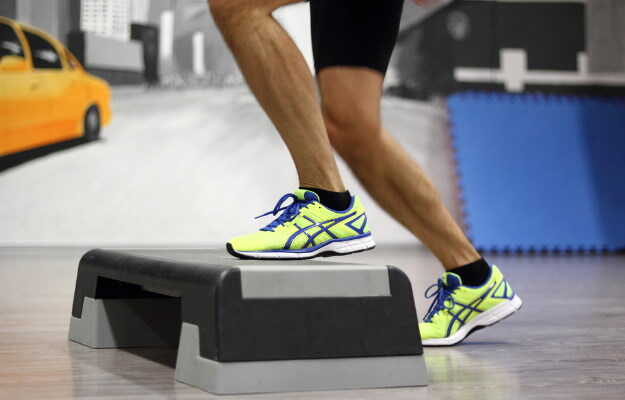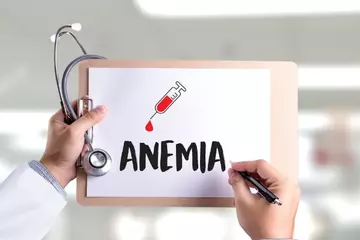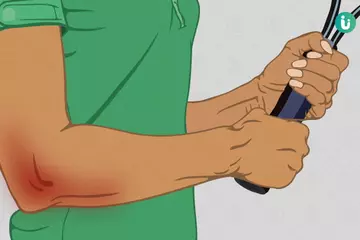What is dystonia?
Dystonia is a collective name given to various muscular disorders which lead to repeated involuntary muscular movements and abnormal posture. The muscular movements can involve a single muscle, a group of them or all the body muscles. The movements are repetitive and can vary from cramps and twisting to tremors.
What are its main signs and symptoms?
Overactivity of muscles is the main sign of dystonia. The symptoms may arise in any part of your body and at any age. The disease generally either remains stable or worsens, but is rarely reversible. Following are the common symptoms associated with dystonia:
- Cramps and dragging of foot
- Sudden jerky movements of neck
- Frequent blinking of one or both eyes or spasms during eye closure
- Involuntary jerky movements of hands
- Difficulty in speaking and chewing
An important feature of these symptoms is that they are mild at the onset and triggered by stress or fatigue, but as the disease worsens, they may become frequent and noticeable. They may even lead to abnormal posture.
What are the main causes?
The clinical symptoms of dystonia help to identify the cause, and once the exact cause is known, treatment can be suggested. However, in most cases, the exact cause is not known. The following factors may contribute to the development of dystonia:
- Genetic causes: A group of faulty genes may cause dystonia in 1-2% of cases
- Conditions like Parkinson’s disease, cerebral palsy and multiple sclerosis
- Oxygen deprivation
- Carbon monoxide poisoning
How is it diagnosed and treated?
Factors considered in the diagnosis of dystonia include family history, age of the patient, part of the body affected and whether dystonia is isolated or combined with another movement disorder. Physical examination of the affected area may suggest the presence of dystonia. However, to confirm the diagnosis and rule out other diseases with similar symptoms, the following tests are required:
- Neuroimaging using MRI
- Genetic tests
- Neurophysiological tests like nerve conduction test and somatosensory evoked potential test
- Ophthalmological examination
- Blood tests
- Tissue biopsy
Once the diagnosis of dystonia is confirmed, treatment can be decided. The treatment regimen for dystonia includes:
- Physical and occupational therapy: Customised exercises for patients can be helpful.
- Oral medications:
- Anticholinergics
- Muscle relaxants
- Dopaminergics
- GABAergics (gamma-aminobutyric acid-ergics)
- Botulinum neurotoxin: The effects of botulinum toxin injection last for 3-4 months, after which you may need to return to the clinic for the next shot.
- Surgical intervention:
- Neuromodulation
- Ablative approaches
- Peripheral surgeries
- Education and counselling: Many of the above therapies are not completely curative, hence education and counselling about the condition can be helpful.

 OTC Medicines for Dystonia
OTC Medicines for Dystonia















